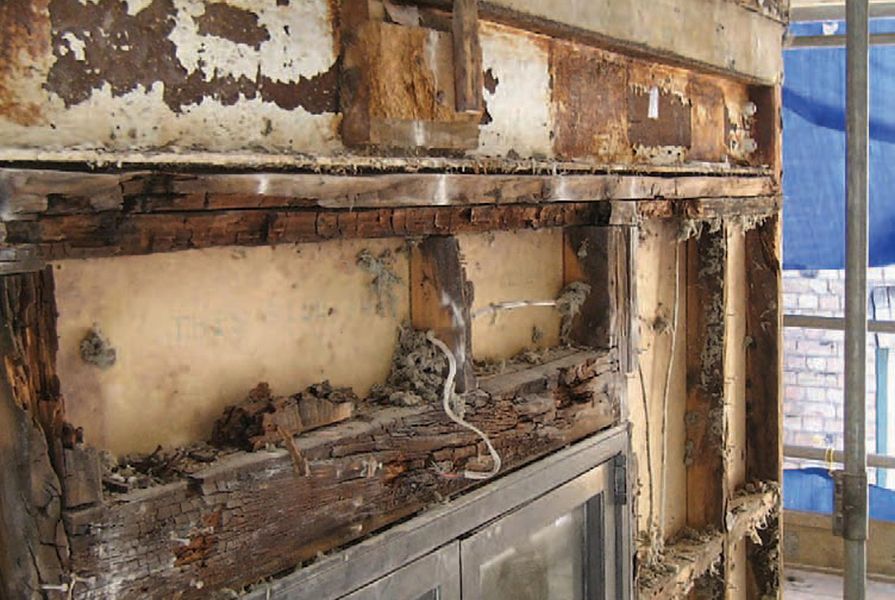A New Zealand-based class action seeking compensation of around NZD$100 million (AUD$90.2 million) from cladding manufacturers over allegedly faulty cladding systems has attracted over 1,500 claimants and backing from a large international litigation fund.
The group, led by Adina Thorn Laywers principal Adina Thorn, has the UK-based Harbour Litigation Funding on board, meaning that no out-of-pocket expenses will be incurred by those joining the legal action.
Weathertightness problems in timber-framed houses have been ongoing in New Zealand for over a decade, with issues surrounding those constructed from the early 1990s until 2005 – when the Building Act was changed to improve compliance procedures and construction practices.
A 2009 report by PriceWaterhouseCoopers commissioned by New Zealand’s government estimated that between 22,000 and 89,000 dwellings were affected by weathertightness issues, with 42,000 likely to have problems that would result in an overall cost of NZD$11.3 billion (AUD$10.2 billion). At the time of the report’s release, only 3,500 homes were estimated to have been repaired.
Most of the cases have occurred in buildings where fibre cement, stucco or coated polystyrene cladding has been installed over untreated timber framing without the use of a drainage cavity between the external walls and the cladding. Common problems that have resulted from the lack of weathertightness include leaking, damp, rotting and mould.

Lawyer Adina Thorn is leading the class action against cladding manufacturers, which has already had over 1,500 registrations and could result in $100 million in compensation.
Image: Courtesy of Adina Thorn Lawyers
Auckland-based lawyer Adina Thorn decided to lead the class action after significant experience with leaky buildings cases, an issue she describes as, “the single biggest economic event that has hit this country.” Her firm undertook a large amount of pro bono work for those affected by the cladding issues before launching the class action.
“A lot of people in this action have lost everything – the stories are horrendous,” she said.
“We’re talking losses from NZD$300,000 (AUD$270,000) to NZD$13 million (AUD$11.7 million), and these are economic losses people can’t recover in a lifetime.”
Thorn said that product liability cases in New Zealand are still in an “embryonic stage” and that this class action is testing new waters.
“This is a growing area and it’s also a signpost that there is this product liability concern and it’s certainly now being challenged,” she said.
“It’s about the accountability and transparency of developments and the production of products, and what is good enough. The building industry should be prepared and willing to be tested.”
Those who have registered to join the class action also include a number of people from Australia, the UK and South Africa who own homes in New Zealand.
















